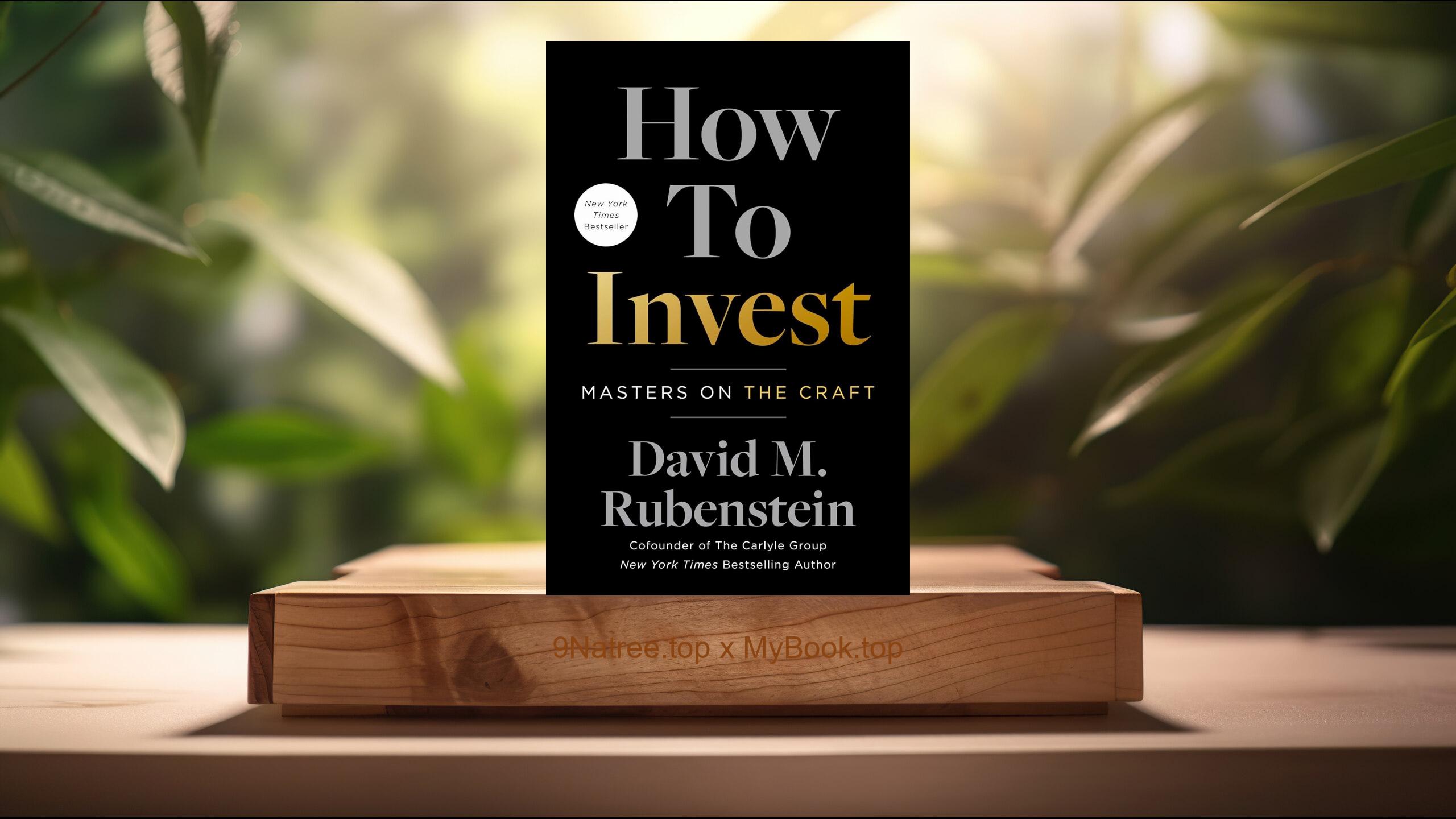Show Notes
- Amazon USA Store: https://www.amazon.com/dp/B07NS35S76?tag=9natree-20
- Amazon Worldwide Store: https://global.buys.trade/The-Master-and-His-Emissary-Iain-McGilchrist.html
- Apple Books: https://books.apple.com/us/audiobook/22-divine-laws-of-creation-unabridged/id1754967943?itsct=books_box_link&itscg=30200&ls=1&at=1001l3bAw&ct=9natree
- eBay: https://www.ebay.com/sch/i.html?_nkw=The+Master+and+His+Emissary+Iain+McGilchrist+&mkcid=1&mkrid=711-53200-19255-0&siteid=0&campid=5339060787&customid=9natree&toolid=10001&mkevt=1
- Read more: https://mybook.top/read/B07NS35S76/
#dividedbrain #hemisphericasymmetry #righthemisphere #lefthemisphere #attentionandperception #embodimentandmeaning #Westernculturalhistory #TheMasterandHisEmissary
These are takeaways from this book.
Firstly, Two modes of attention and what hemispheres actually do, McGilchrist reframes hemispheric differences as contrasting styles of attention rather than a simplistic division of tasks. The right hemisphere sustains a broad, open, and living awareness that keeps track of context, novelty, and the unique qualities of things. It connects us with the world as something that is real, embodied, and relational. The left hemisphere narrows attention to isolate features, classify parts, and manipulate symbols for specific goals. This focused grasp allows us to build models, engineer tools, and formalize procedures. Drawing on clinical work, split brain research, and imaging, the book shows how attention shapes what we can know. The right tends to apprehend wholes before parts, metaphor before literalism, and meaning before mechanism, while the left refines, codifies, and applies. McGilchrist argues that both modes are necessary, yet their priorities differ. When left hemisphere habits dominate, systems become efficient but brittle, words drift from lived reference, and measurement begins to replace meaning. When the right leads and the left serves, understanding remains grounded, humane, and capable of self correction.
Secondly, The master and the emissary metaphor and the problem of inversion, At the heart of the book is a parable about guidance and service. The right hemisphere is cast as the master that understands the whole terrain and values what is alive, while the left is the emissary, superb at carrying out tasks within limited scopes. Trouble arises when the emissary mistakes its map for the territory and claims authority over the master. McGilchrist uses this image to illuminate personal habits and institutional dynamics. In individuals, left led dominance shows up as overconfidence in explicit rules, intolerance of ambiguity, and preference for certainty over truth. In organizations, it produces managerialism, fixation on metrics, and a tendency to reshape reality to fit procedure. The metaphor clarifies a paradox of modernity: astounding technical success alongside deepening alienation and loss of meaning. Rebalancing does not mean rejecting analysis or control, but reestablishing their proper place in service of a wider, wiser grasp of reality. The master must set the aim, the emissary must execute, and mutual trust must be restored.
Thirdly, Language, reason, and the living world, The book challenges easy assumptions about language and logic. While the left hemisphere excels at syntax, categorization, and linear argument, the right contributes pragmatic understanding, prosody, metaphor, humor, and the felt relevance that makes language meaningful. Reason, in this telling, is not merely rule following. It is the art of getting things right within a world that exceeds our concepts. McGilchrist shows that the right hemisphere grounds concepts in embodied experience and relational context, while the left extracts formal structures that can travel far but risk detachment. This interplay explains why science advances through models that must be checked against reality, and why art and myth can disclose truths that rigid literalism misses. When cultures privilege decontextualized language and algorithmic reasoning, they gain speed and consistency but lose contact with significance, value, and the tacit knowledge that guides wise action. Restoring balance means honoring metaphor, narrative, and embodiment as partners to analysis, so that words point back to the world they aim to reveal.
Fourthly, A hemispheric reading of Western cultural history, In the second half, McGilchrist traces how shifts in hemispheric emphasis surface across Western history. Classical Greece displays a remarkable poise between form and vitality. The Hellenistic and Roman periods show growing systematization. The medieval synthesis holds faith, craft, and community within a symbolic whole. The Renaissance renews embodied seeing and creative risk, while the Reformation and the Scientific Revolution refine analysis and control. The Enlightenment codifies rights and reason, then the Romantic era reacts by reclaiming nature and feeling. The Industrial age and aspects of modernism advance abstraction, standardization, and mechanization. In late modern and postmodern culture, fragmentation, irony, and virtuality intensify. McGilchrist does not claim a tidy cycle, but a pattern: when the left sets the terms, artistic styles flatten, institutions bureaucratize, discourse becomes self referential, and persons are treated as problems to be managed. When right led vision regains influence, new synthesis emerges, renewing science, law, and art with depth, humility, and care for what cannot be fully measured.
Lastly, Implications for education, leadership, medicine, and daily life, The argument carries practical consequences. In education, curricula should cultivate sustained attention, depth of reading, imagination, and craft, not only testable outcomes. In leadership, vision and context must precede metrics, so that measures serve shared purpose rather than replace it. In medicine, patients need relational presence and narrative understanding alongside protocols and data. In technology and design, we can build tools that extend human presence rather than capture attention in narrow loops. For personal life, McGilchrist recommends practices that train right hemisphere capacities: time in nature, music, contemplative disciplines, face to face conversation, and the steady work of making. None of this rejects analysis. Rather, it returns analysis to its role as faithful servant. The result is wiser judgment, richer creativity, and resilience in uncertainty. By noticing how our attention is shaped, we can choose patterns that keep reality whole, protect dignity, and align knowledge with care.
![[Review] The Master and His Emissary (Iain McGilchrist) Summarized](https://episodes.castos.com/660078c6833215-59505987/images/2209089/c1a-085k3-mkwo0m0nf30-ompji6.jpg)




